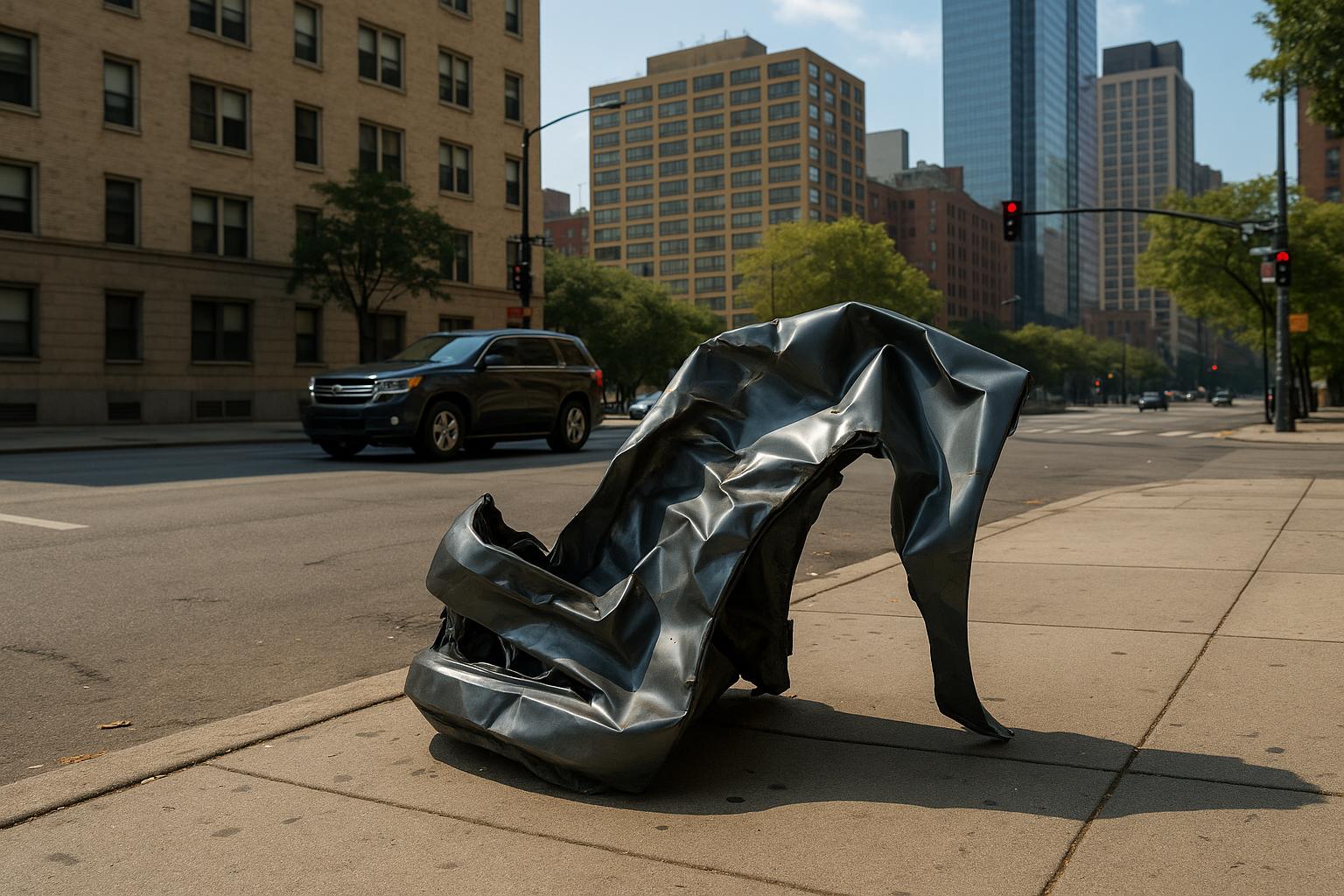Experts and policymakers in the UK are calling for targeted restrictions and new regulations specifically aimed at curbing the rise and impact of SUVs, citing compelling safety and environmental concerns. Solicitors from Bolt Burdon Kemp have flagged the need for these vehicles to be treated differently under the law because of their design flaws and disproportionate risk factors. Taylor Walding, a solicitor at the firm, explained that SUVs' raised bonnets and significant blind spots make it difficult for drivers to see vulnerable road users, including children. He stressed that some models have visibility so limited that a driver might not even see a child standing immediately in front of the vehicle. This design element, combined with the heavier weight of SUVs, contributes to more severe crash outcomes.
Research from Imperial College London and the London School of Hygiene & Tropical Medicine underscores these concerns with stark statistics. Their analysis of over 600,000 collisions reveals that pedestrians and cyclists hit by SUVs or light trucks face a 44% higher risk of death or serious injury compared to those struck by smaller passenger cars. The danger is even more acute for children, who are 82% more likely to be fatally injured in such collisions. These findings amplify calls for targeted safety measures to reduce the risks posed by these larger vehicles on UK roads.
In response to these safety and environmental risks, some London boroughs have already begun taking steps. For example, Lambeth Council is exploring the introduction of parking surcharges on larger vehicles, mirroring policies adopted in other European cities like Paris. These surcharges typically consider a vehicle’s size and emissions, which tend to be higher for SUVs than for smaller petrol or diesel cars. The London Assembly’s Transport Committee has urged Mayor Sadiq Khan to encourage borough councils to implement weight-based parking fees and push for reforms to vehicle excise duty that take into account vehicle weight. Assembly members have also advocated for higher taxes on what they describe as "supersize" SUVs, highlighting the congestion issues these large vehicles cause and their occupation of public space.
Labour members of the London Assembly have echoed these recommendations, pushing for European-style restrictions that would limit the dominance of larger vehicles in urban environments. They argue that SUVs are "swallowing" public spaces and exacerbating road hazards. According to Taylor Walding, the increasing popularity of SUVs has led to a situation in London where these vehicles occupy a space equivalent to the entire borough of Kensington and Chelsea, a clear indication of their growing footprint on public roads and spaces.
The growing prevalence of SUVs has also been linked to an uptick in road fatalities. Studies indicate that as the number of these vehicles rises, so does the scale and severity of injuries to pedestrians and cyclists. This trend is prompting calls for a range of interventions, including stricter visibility standards, weight-based levies, and potentially direct restrictions on SUV use within city centres to mitigate their disproportionate impact on road safety.
These measures are part of an emerging consensus among road safety experts, public health researchers, and city planners that while SUVs deliver appeal to many motorists, their broader societal costs—in terms of safety, environmental impact, and public space usage—need to be addressed through targeted policy reforms.
📌 Reference Map:
- Paragraph 1 – [1], [4]
- Paragraph 2 – [2], [4]
- Paragraph 3 – [1], [7], [3]
- Paragraph 4 – [5], [1], [3]
- Paragraph 5 – [6], [1], [4]
Source: Noah Wire Services
